Advertisement
MFA Teams With 'Miami Art Scene Queen' For Exhibit Of Contemporary Latin American Art
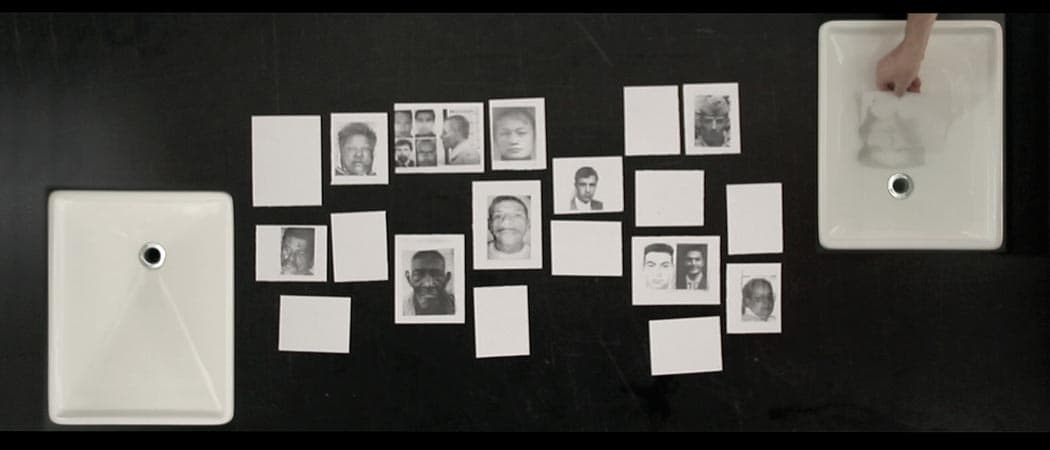
The Museum of Fine Arts opens its first exhibition of contemporary Latin American art on Wednesday. The show, titled "Permission To Be Global," features about 50 works by 46 artists — sculpture, painting, installation and video — all on loan from an influential collector in Miami. I stopped by the MFA during installation to find out more.
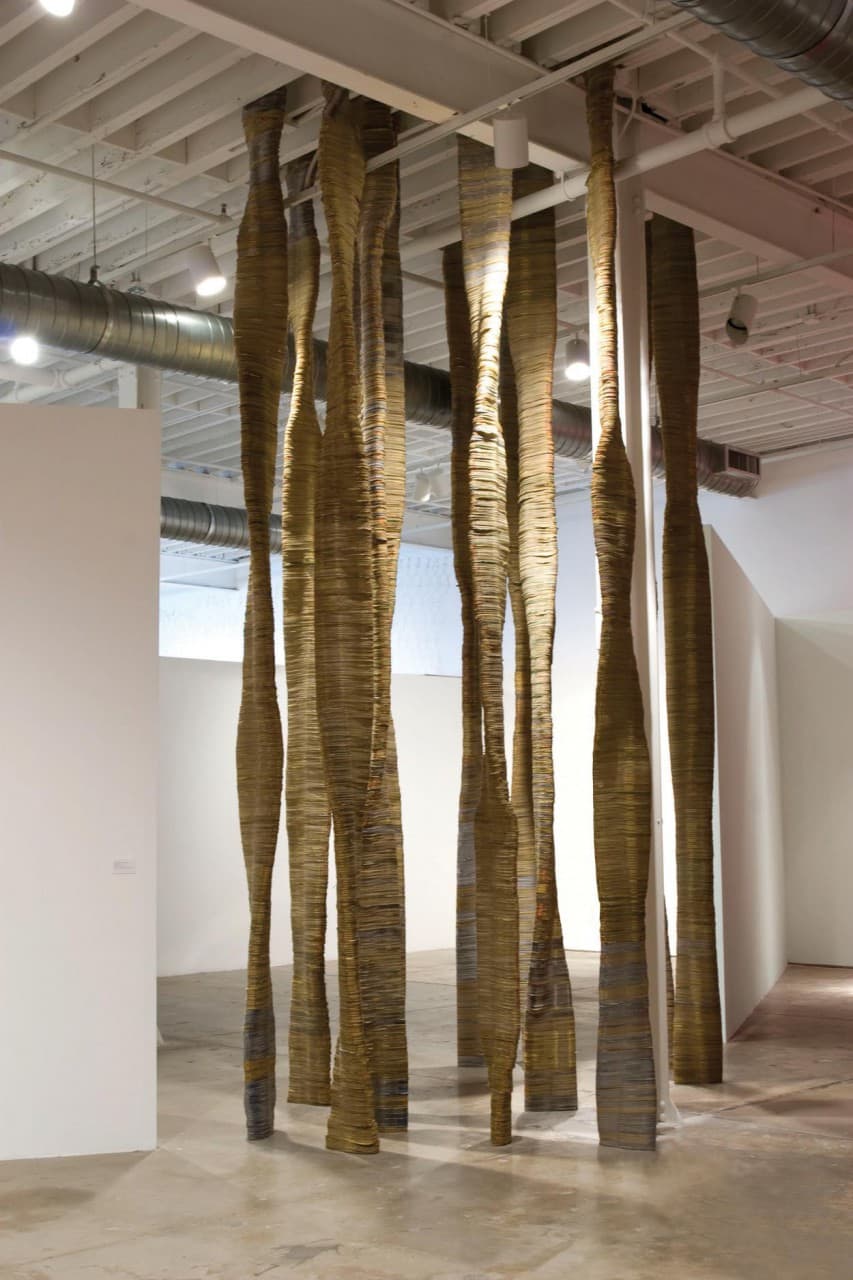
A small army of people occupy the MFA’s Foster Gallery, installing dozens of politically-charged works. Two men maneuver a hydraulic lift, then slip thousands of foot-shaped cutouts from phone book pages onto heavy metal pipes to create striking floor-to-ceiling columns. They, and others here, look to senior contemporary art curator Jen Mergel for guidance.
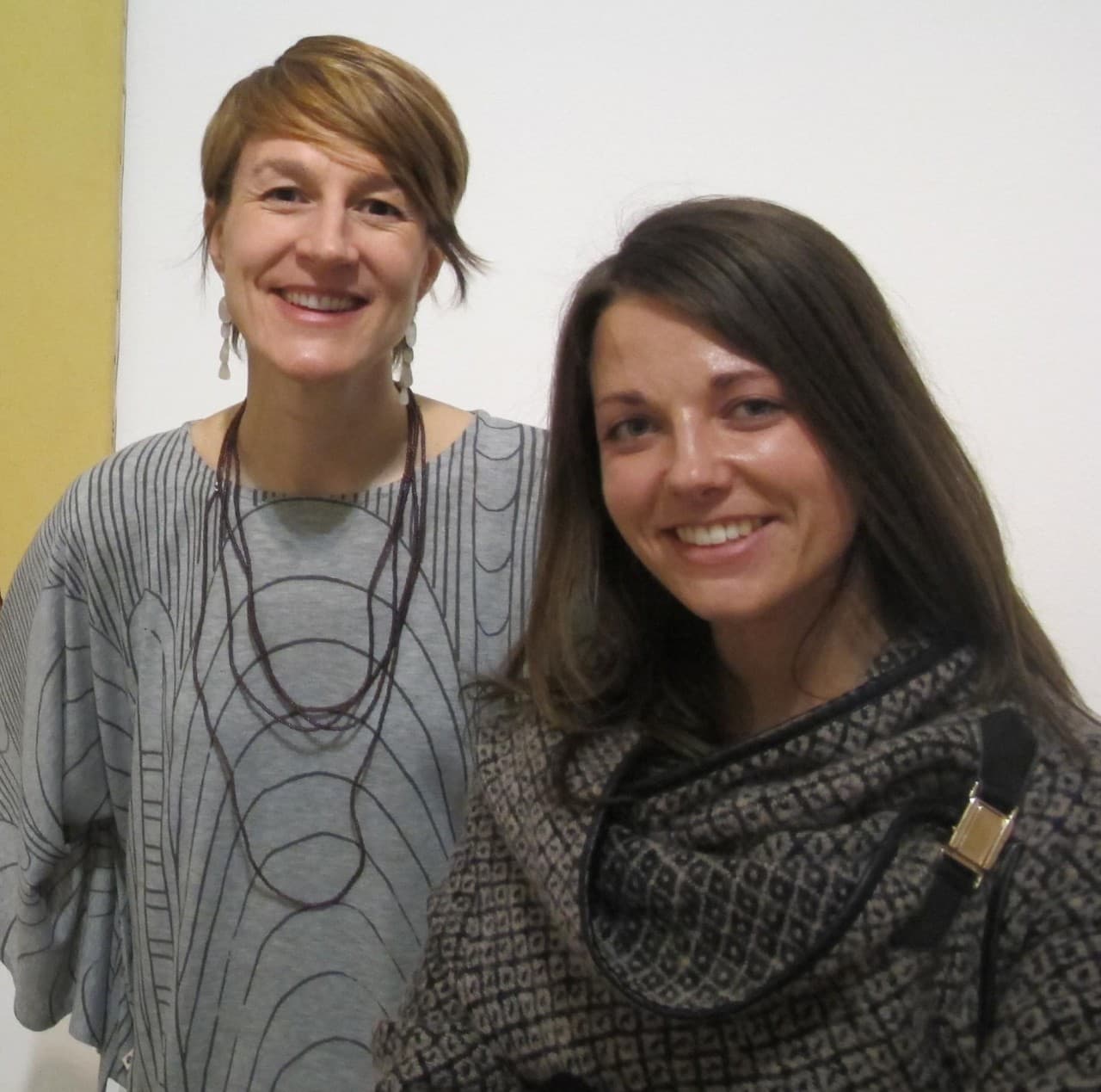
Mergel feels the weight of the art here — not just physically, but symbolically. It hails from some of the world’s most repressive and dangerous countries — Argentina, Colombia, Peru, Cuba. The curator talks about the show’s title, “Permission to be Global,” and calls globalization “an ideal.” In Latin America, she says, the reality of globalization exposes damaging and dramatic inequalities between the rich and the poor, the powerful and the controlled.
“Of any artists across the planet who have had decades of experience dealing with that disparity, artists from across Latin America have," Mergel said. "I would say it’s been fundamental to a lot of the work that many of these contemporary artists look at.”
One Cuban artist, Wilfredo Prieto, drew seven miniature, red continents on the surface a tiny dried chickpea. The rationed protein source is resented on the island nation because citizens get beans while tourists enjoy meat or fish.
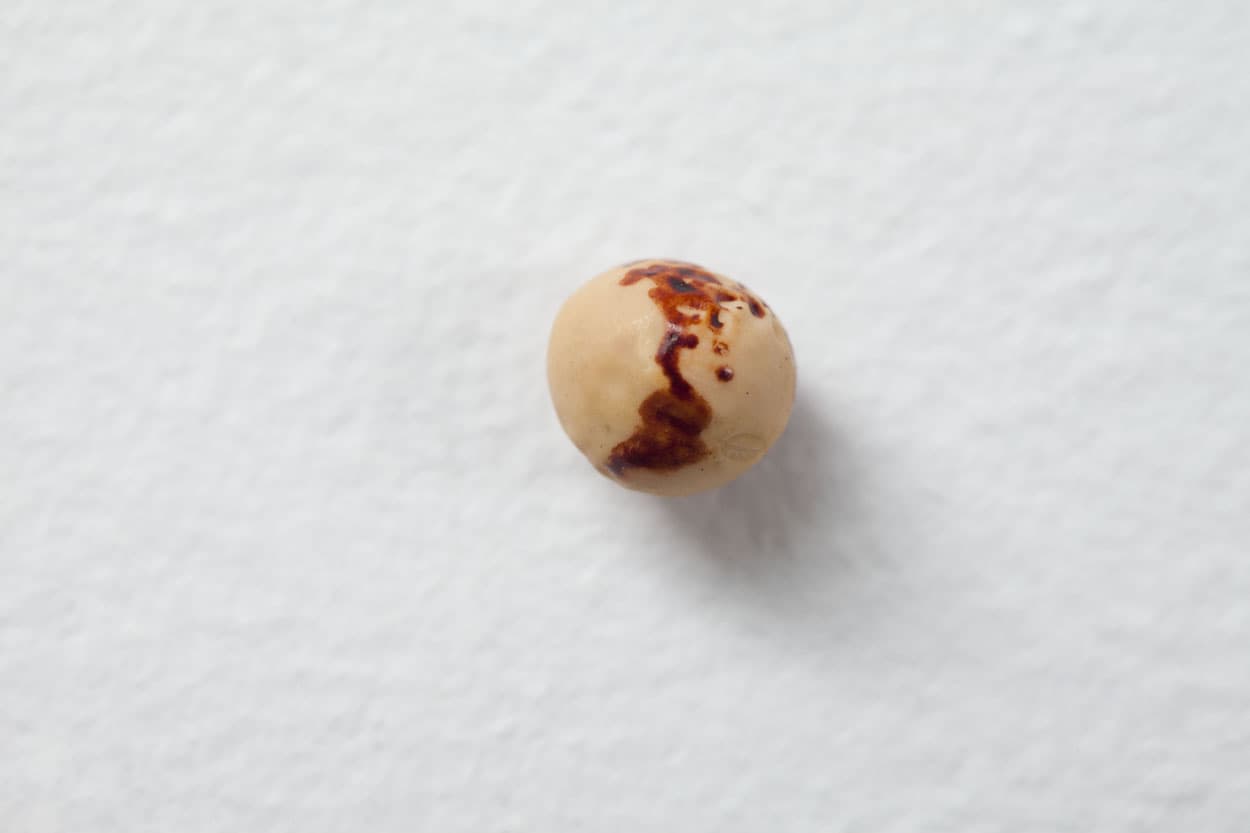
Mergel also points to a performance piece by Regina Jose Galindo that condemns Guatemala’s corrupt military government. It’s called “Who Can Erase the Traces?”
“She created this piece as a public performance through Guatemala City in the year of 2003 when she learned that the individual largely responsible for what is estimated to be 200,000 deaths in Guatemala would be allowed by the national court to run for president,” Mergel explained.
In protest, Mergel says, the artist filled a white basin with human blood. Then, while walking barefoot between Guatemala City’s capitol building and the national courthouse, she dipped her feet into the blood, leaving a trail of red prints to memorialize the lives that were lost in the country’s civil war in the 1990s.
“As a very petite woman she is making a huge and bold gesture with that simple performance,” Mergel said. “And we’re very excited. This exhibition is the first that will be including new performance pieces as part of the exhibition check list. And so that’s a big step for the MFA, and it’s really an exciting step for the show."
Advertisement
But this exhibition represents another big step: it’s the first time the museum is focusing a show exclusively on contemporary Latin American art. Mergel calls it a culmination of milestones, including the opening of the massive Art of the Americas Wing in 2010 and the Linde Family Wing’s debut as the museum’s center for contemporary art in 2011. To merge them together, Mergel and her peers wanted to create an important, thematic show. Latin America seemed ripe, but they couldn’t do it comprehensively with the MFA’s current Latin American holdings. So they turned to Ella Fontanals-Cisneros, founder and president of the Cisneros Fontanals Art Foundation in Miami.
“This is one of the world-renowned collections," Mergel said. "It's showing our seriousness and our commitment to this endeavor that we’re partnering with her, and look to what it means for Boston.”
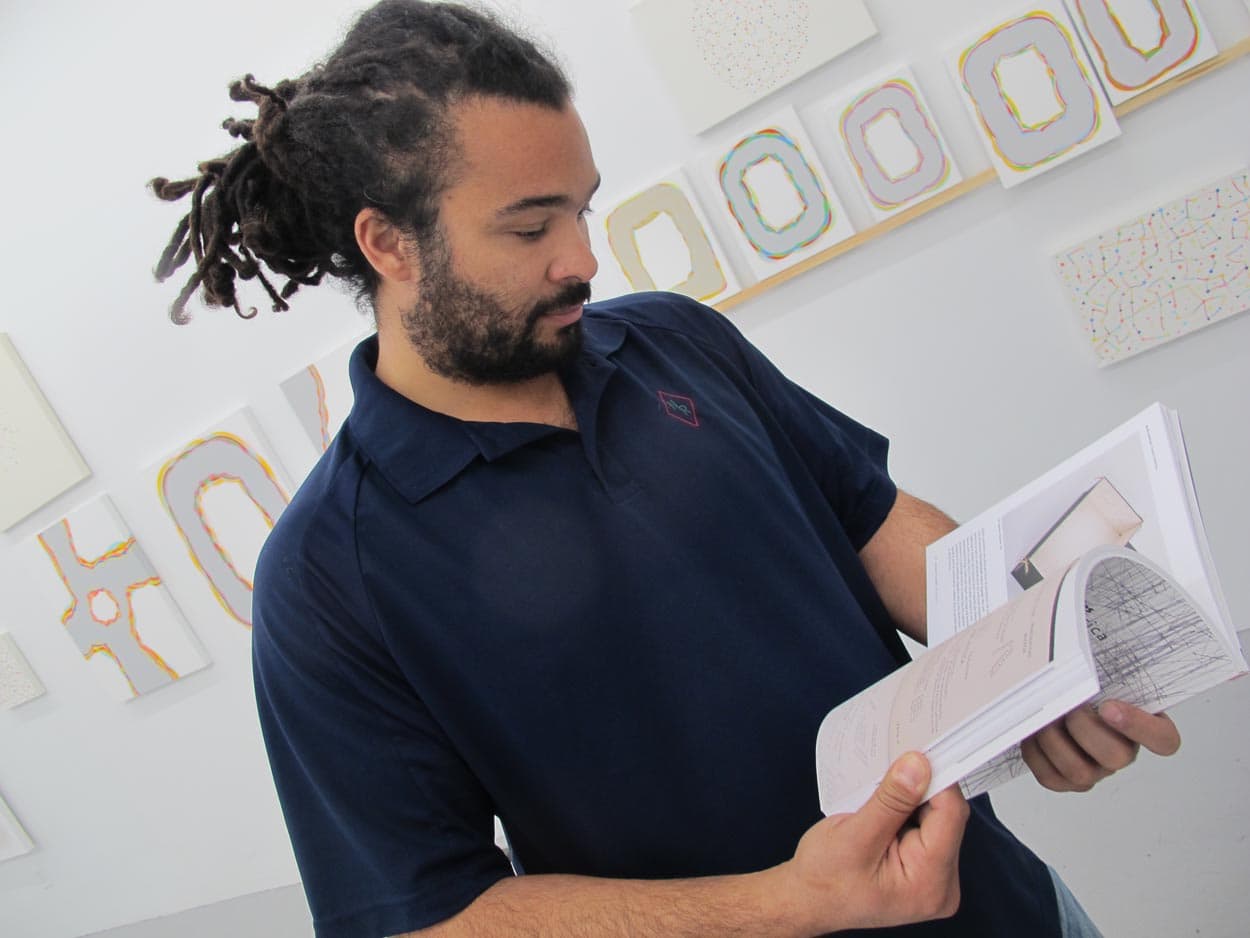
“What does it mean to me?” asked Camilo Alvarez, repeating my question. “Being a Latin American I think it’s great, you know, to a certain degree. If the Museum of Fine Arts represents the majority of white America, the fact that white America is now learning to absorb another culture I think it’s great, sure. Mind you, that other culture was always here."
Alvarez owns the Samson Gallery in Boston’s South End. He has been showing and selling contemporary Latin American art for a decade. Alvarez says the region has long been exploding with intelligent, edgy creativity. He explains how galleries like his can be nimble, while museums are encyclopedic and move more slowly. He says it’s always interesting when a behemoth institution like the MFA hones in on a certain milieu for the first time.
“Latin Americans in general have a very, very fine, jagged and precise political view that I think will change how the U.S. or the MFA views those specific countries,” Alvarez mused.
And he added an important fact: the Latin American population is no longer a minority in the U.S. “I think it’s really smart and astute for them to try to attract that demographic,” he said.
On top of that, Alvarez told me that by teaming up with a major Latin American contemporary art collector the MFA will also attract attention from the rest of the art world.
“So they’re trying to kind of politically align themselves,” he explained. “Because this always--you know--art is a political situation.”
“Each part of the partnership gains something always, and that’s how it should be,” Fontanals-Cisneros told me on the phone from Panama. She said her collaboration with the MFA broadcasts the museum’s interest — and she has observed a trend that shows the MFA isn’t alone.
“Before, museums that were collecting Latin American art were rare," she said. "And it’s very interesting now that museums like the MFA — and other museums — have an interest--for example, the Guggenheim also."
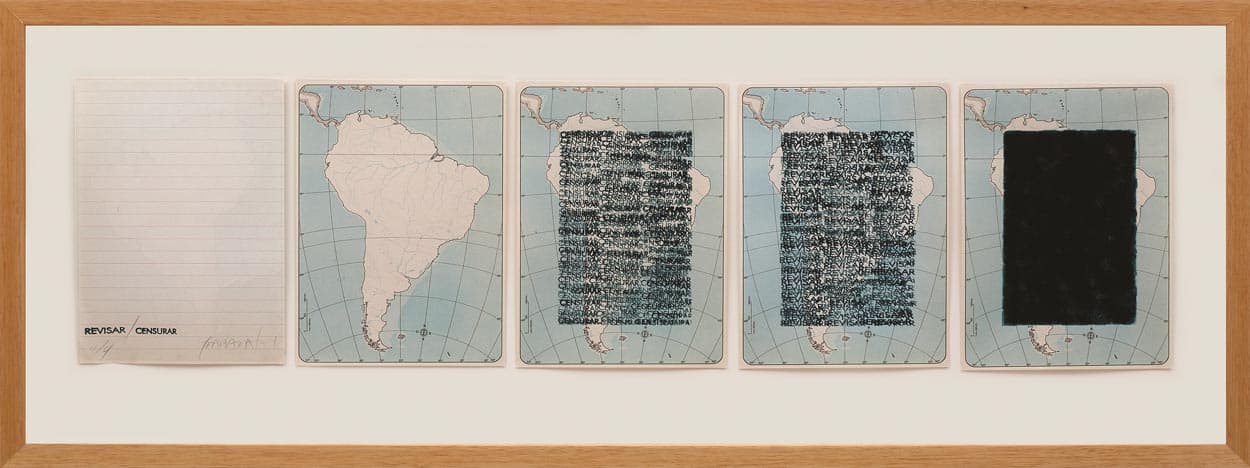
Fontanals-Cisneros started buying art in 1999, then created a foundation in 2002 to support Latin American artists. With more than 2,000 works, W Magazine dubbed her the “new queen of Miami’s art scene.”
The “Permission to be Global” exhibition, which consists exclusively of works from Fontanals-Cisneros's collection, premiered at Art Basel Miami Beach in December. Now the collector hopes to change perceptions in Boston.
“Latin America is always labeled as something very naïve, or colorful, or in many other ways, but not as a serious, sophisticated art," she said. "And I think there is a recognition about that too."
Fontanals-Cisneros’s mission is to expose Latin American art to a wider audience, and she says she’s thinking about giving Cuban art to the MFA’s permanent collection.
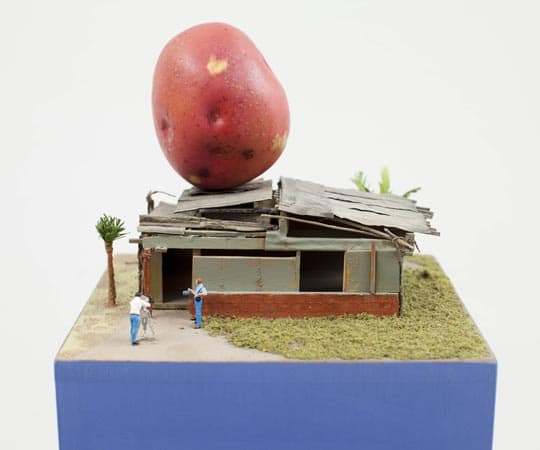
MFA curators, including Liz Munsell, traveled to Havana to prepare for this exhibition. Munsell speaks Spanish, studied in Chile and sees this new show as a step in the right direction.
“I think it’s important for Latin Americans in the city — so many young Latin Americans come to study in Boston — to see their culture represented in an institution like the MFA,” Munsell said.
Munsell also heads up another “first” for the MFA: the museum’s new performance art program. Cuban artist Lazaro Saavedra was scheduled to perform in a coffin at Tuesday's opening, but according to the museum his visa for travel to the U.S. has been subject to administrative delays. That’s not an uncommon situation.
This article was originally published on March 18, 2014.

